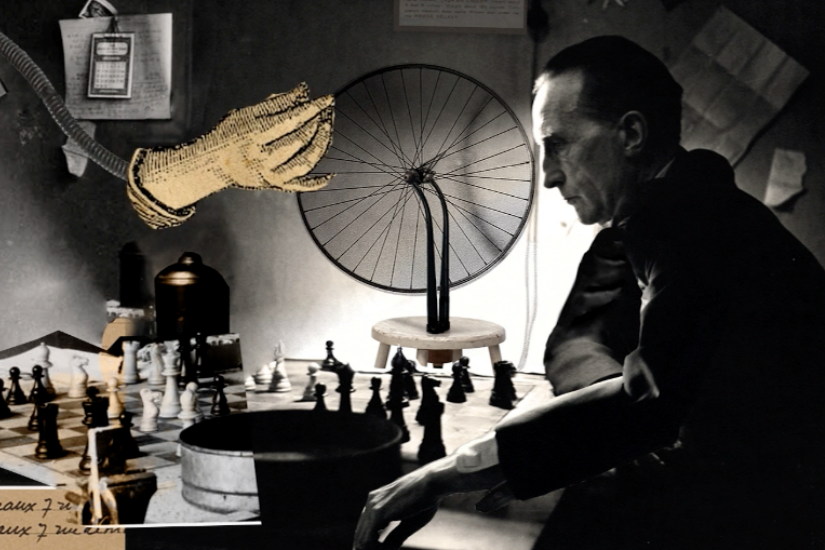When it comes to the pioneer of 20th-century experimental art, Marcel Duchamp, his legendary urinal work cannot be ignored. The artist used everyday objects to create works that transcended the boundaries of art. “Fountain” was once seen as vulgar and out of touch, but is now considered one of the most influential works of the 20th century. In addition, this “playful” artist also has other highly controversial works, one of which is “Box in a Valise.”
“The Box in the Suitcase” contains 80 miniature replicas of his past works, encompassing Duchamp’s early paintings, iconic ready-mades, and profound reflections on conceptual art, like a condensed version of the artist’s legendary career.
Recently, M+ Museum launched an online exhibition “Inspired by the Creative Life Traces of “The Box in a Valise”“, using 3D imaging technology to digitally present replicas of the artist for the first time. The exhibition, themed “How to Live a Creative Life”, cleverly interprets and explains “The Box in a Valise” following the seven traces of Duchamp’s life, allowing everyone to glimpse the mysteries within and deepen their understanding of the different stages of Duchamp’s life.
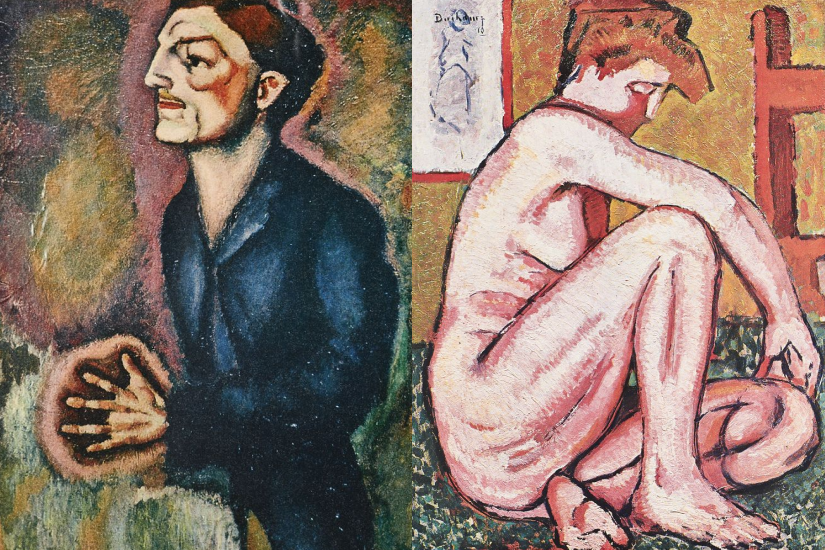

In the early stages of his artistic career, Duchamp was influenced by the styles of artists such as Matisse and André Derain of the Fauvist movement, feeling that artistic expression could surpass the superficial meaning of things. Later on, Duchamp became passionate about artistic exchanges with his siblings, which made him more observant and eager to learn. Even after joining the artistic circle of Montmartre in Paris, Duchamp was still willing to adopt new styles from others, constantly injecting fresh ideas into his own creations.
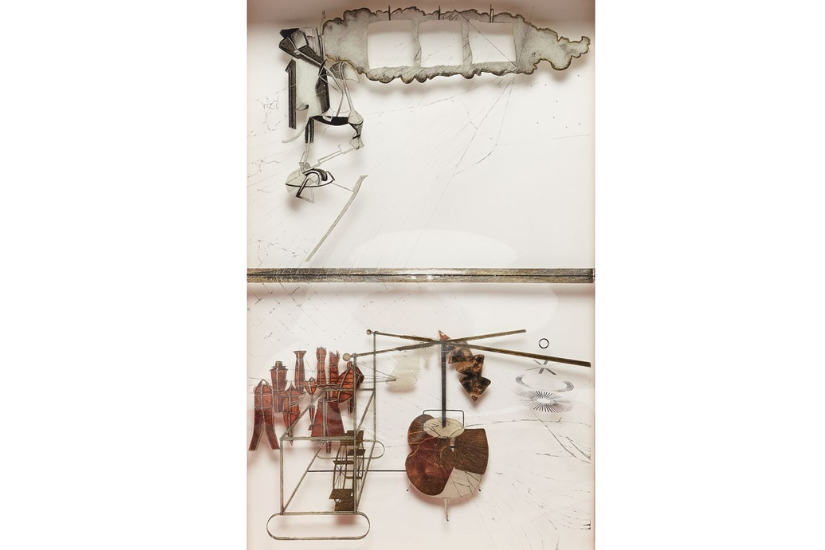
For Duchamp, creativity should break conventions and develop new perspectives. In the early 1910s, he continuously experimented with various media, creating works such as “The Large Glass” that combined painting, sculpture, performance art, and stained glass window design, becoming a classic work that has been studied by later generations.
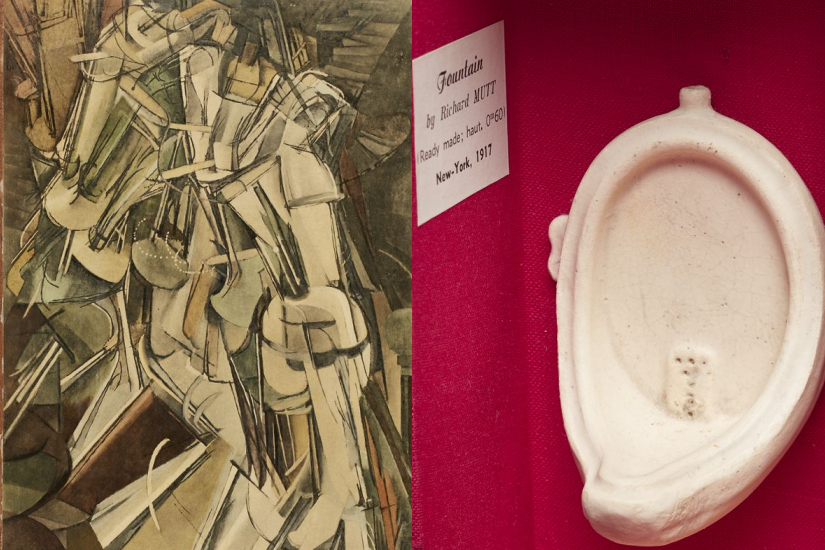
In 1913, Duchamp’s submission to the New York International Exhibition of Modern Art, “Nude Descending a Staircase, No. 2,” sparked a heated public debate, with some art critics even mocking the piece as depicting “an explosion in a shingle factory.” A few years later, Duchamp brought another iconic work to a different exhibition, “Fountain” (1917), by simply flipping over an ordinary urinal, signing it, and calling it a “readymade,” challenging the public’s perception of art.

In 1923, Duchamp announced his abandonment of artistic creation and decided to devote himself wholeheartedly to chess. It wasn’t until 1935 that Duchamp returned to the public eye as an inventor. He participated in an invention exhibition, attempting to integrate art into technology and business, showcasing his forward-thinking vision.
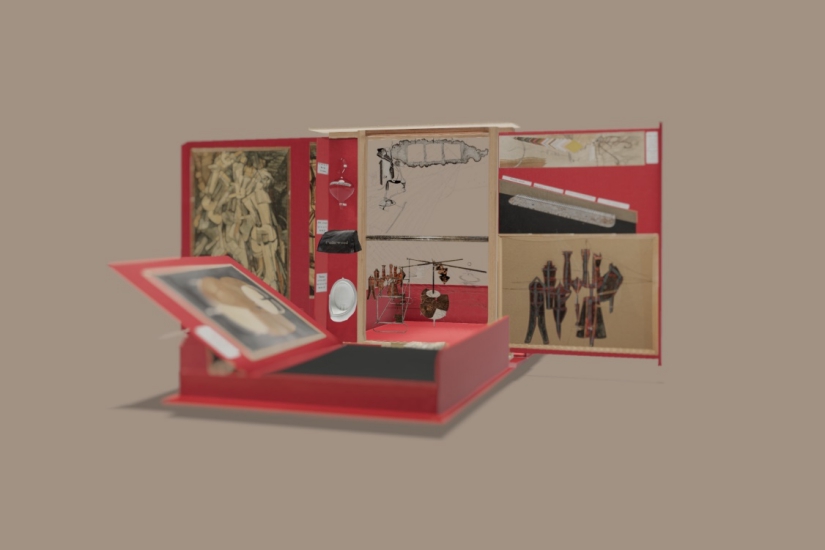
During World War II, Duchamp conceived this “Box in a Valise,” recreating works from 1910 to 1954 and giving them a new contemporary significance, leaving behind an important cultural legacy for future generations to have the opportunity to see how this avant-garde artist paved new paths in the traditional art world and opened up new avenues for creativity.
If you want to take a peek at what works are hidden inside this box, you may want to carefully read the online exhibition “The Creative Life Traces Inspired by ‘The Box in the Suitcase'”.
Online browsing: “Creative Life Traces Inspired by ‘Box in a Valise'” Online Exhibition

